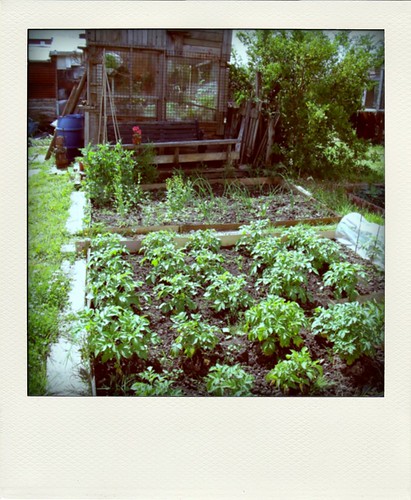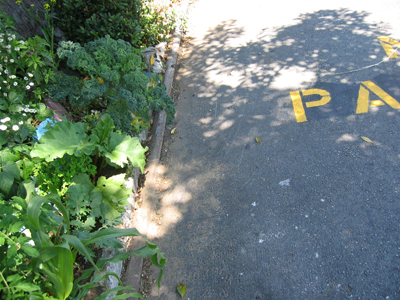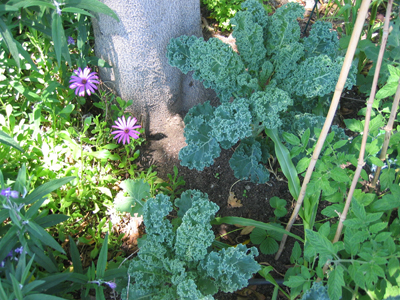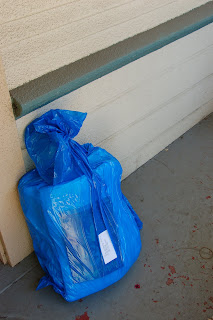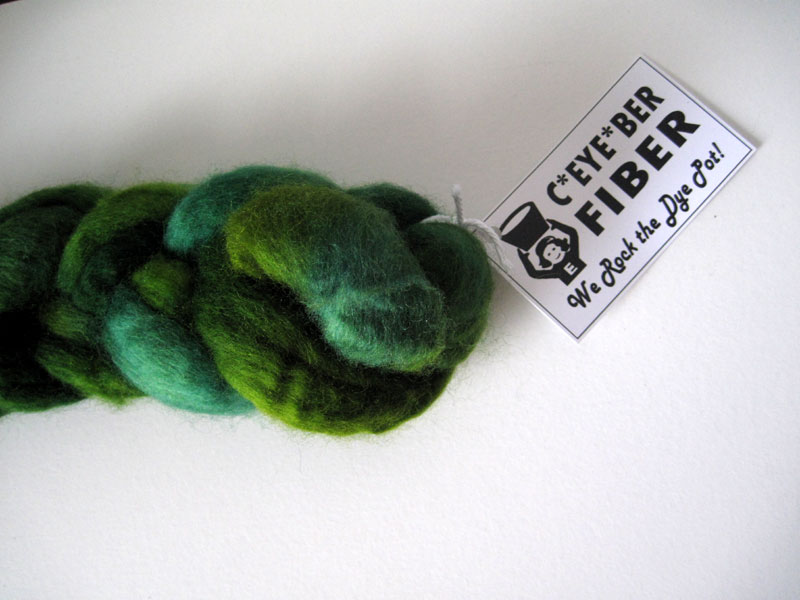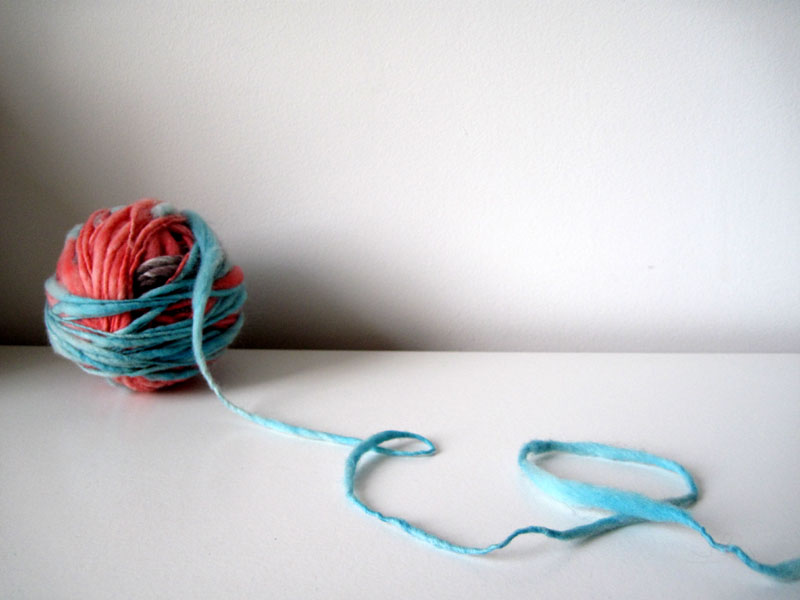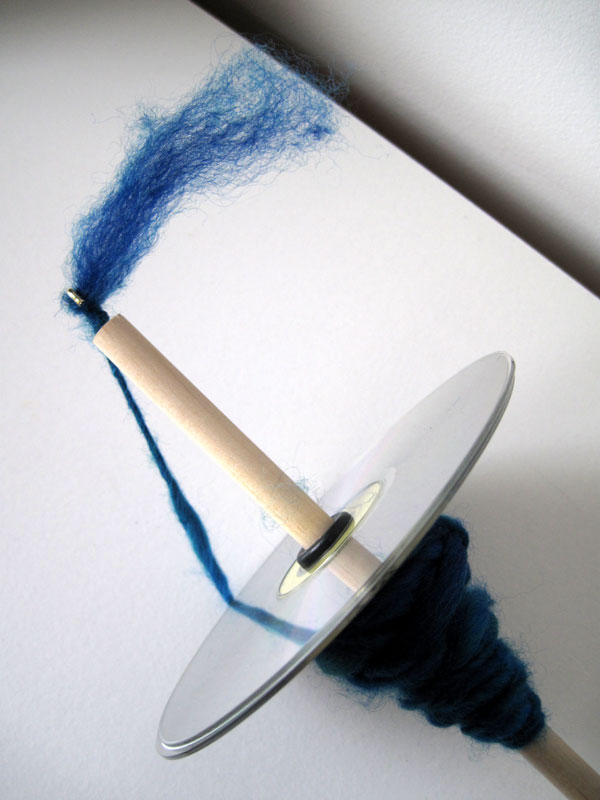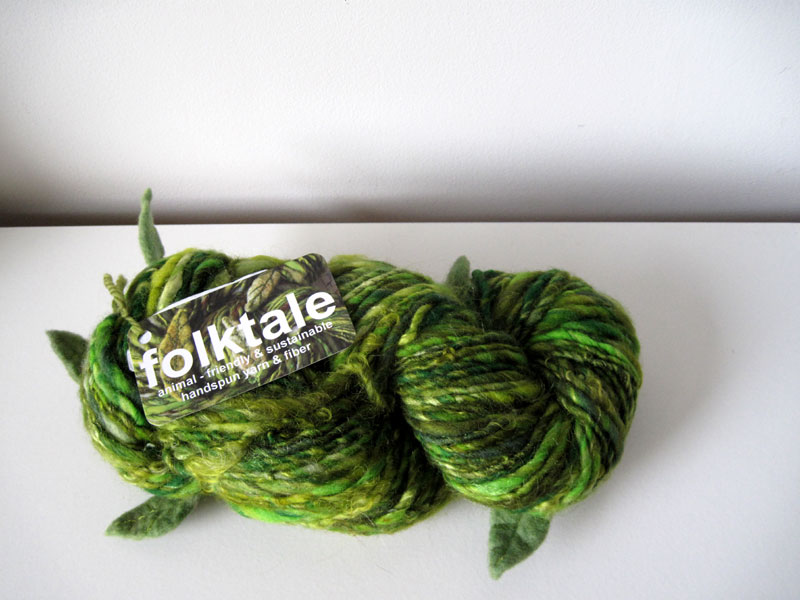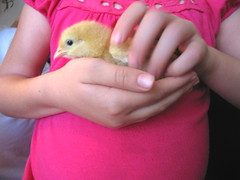
i must admit, i didn't quite know what we were getting into. i had a romantic notion of backyard chicken keeping - of gathering fresh eggs in the morning, and having my girls scatter feed in the yard while the chickens played at their feet. i also had an overwhelming desire to to revolt against the (sub)urban lifestyle so prevalent in los angeles. to balance out the media blitz my girls see everyday (even without television viewing) with some "livestock". finally, with the girls on summer break, and myself newly relocated to a home office - i thought the time was right.
we thought about it carefully, and decided to purchase the chicks from our local feed store, instead of through one of the many mail-order chick and pullet distributors. our neighbourhood. is hot. very hot. i was very concerned that chicks arriving to us in july from the east / mid-west would be shocked by the temperatures they were confronted with. our feed store gets their chicks locally. and did not pass on the young peepers easily. they were also concerned that we knew what we were doing and not simply acting on a whim induced by the cute fluffiness before us. i was impressed by their concern - their knowledge and support - and their offer of taking back a rooster, if one of the young'uns proved to be so inclined.
following procedure outlined in the many books in our chicken library, my husband built a "brooder box" in advance and we set-up in a corner of our dining room. we used an old floorlamp for heat and carefully monitored the chicks water and mash intake. it was thrilling for my girls to wake to these little peeps. and a little frightening watching how they would simply flop over and fall asleep!
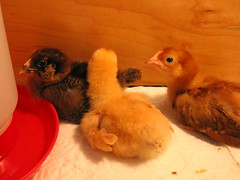
of course we named them: little red (a rhode island red) - the curious one; chick-a-dee (a buff wyandotte) - the little sister, always trying to get someone to play with her; and annie (an aracauna, we think) - as in oakley - (or fluff, depending on who you ask) who is very brave, a great performer, but also very cautious.
the chicks grew quickly, their feathers started to come in, and little combs started to appear on top of their heads. they were soon trying out their wings in flights from the box to the nearby table, or on occasion to an unsuspecting visitor's shoulder. their personalities started to shine, and they quickly won our hearts.
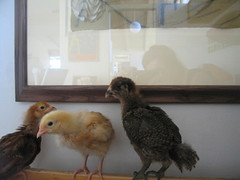
it was soon time for their move outdoors. after much research, we decided against a permanent coop, and opted for a "tractor" instead. the thought behind this being that we can move it around the yard, fertilizing as we go. we looked at what was available commercially (and were tempted by this), but felt that d could build one that answered all our criteria and was budget-minded as well. we needed a safe place for the chickens to sleep, with good ventilation (the henhouse) and a safe area for them to play and eat in during the day, with extra shade for our hot summers (the run). we also wanted to take advantage of the byproduct of all the food the chickens consume (and they do like to eat!). we settled on a variation of the many "ark" images we found. the droppings in the henhouse fall into bedding of shredded newspaper and all that can go straight into our composter, and the droppings in the run go right on our "lawn". the henhouse contains a perch for them to sleep on, as well as a nesting box, for laying. the run serves and protects them when we aren't home, thought they spend most of their time roaming the yard.
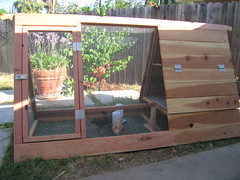
for the most part, the romance is there. but it is so much more - and better - than i imagined. they started laying at about 7 months of age, and yes, we get, on average three fresh eggs every day. (chickens lay on a cycle of approximately every 28 hours - if conditions are right.)

but the best part i think has been seeing how my girls have taken to them - and vice versa. the chickens are very social, have a lot of personality, and are highly domesticated. i am never surprised to see a 5 year old tramping around the yard with a hen under each arm, or an 8 year old quietly telling a chook all her secrets.
Up next: The logistics of it all, the pros and cons to our urban "farm", backyard chicken resources, and answers to any questions you may have! (Please leave questions in the comments - thanks!)

